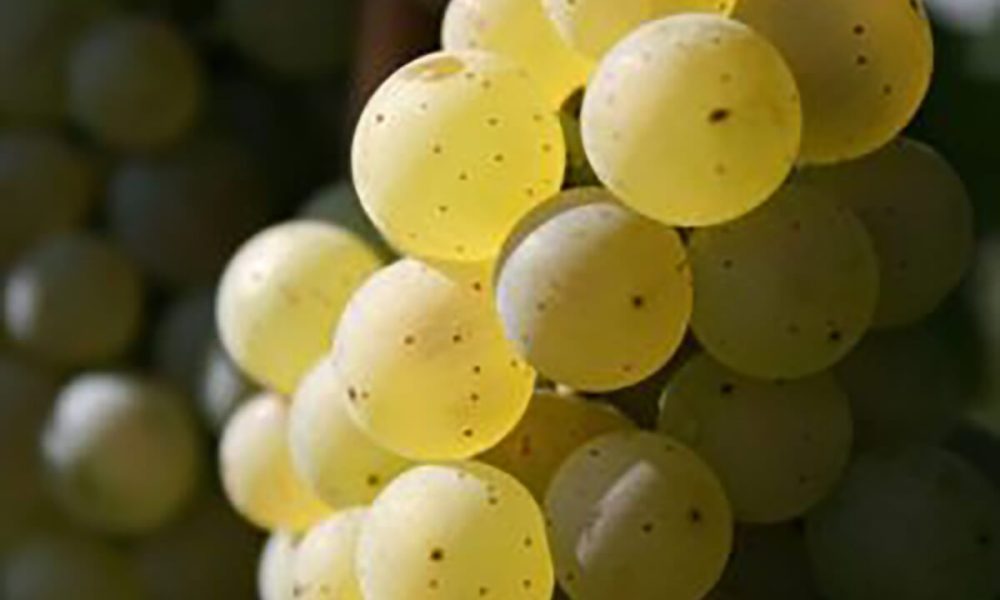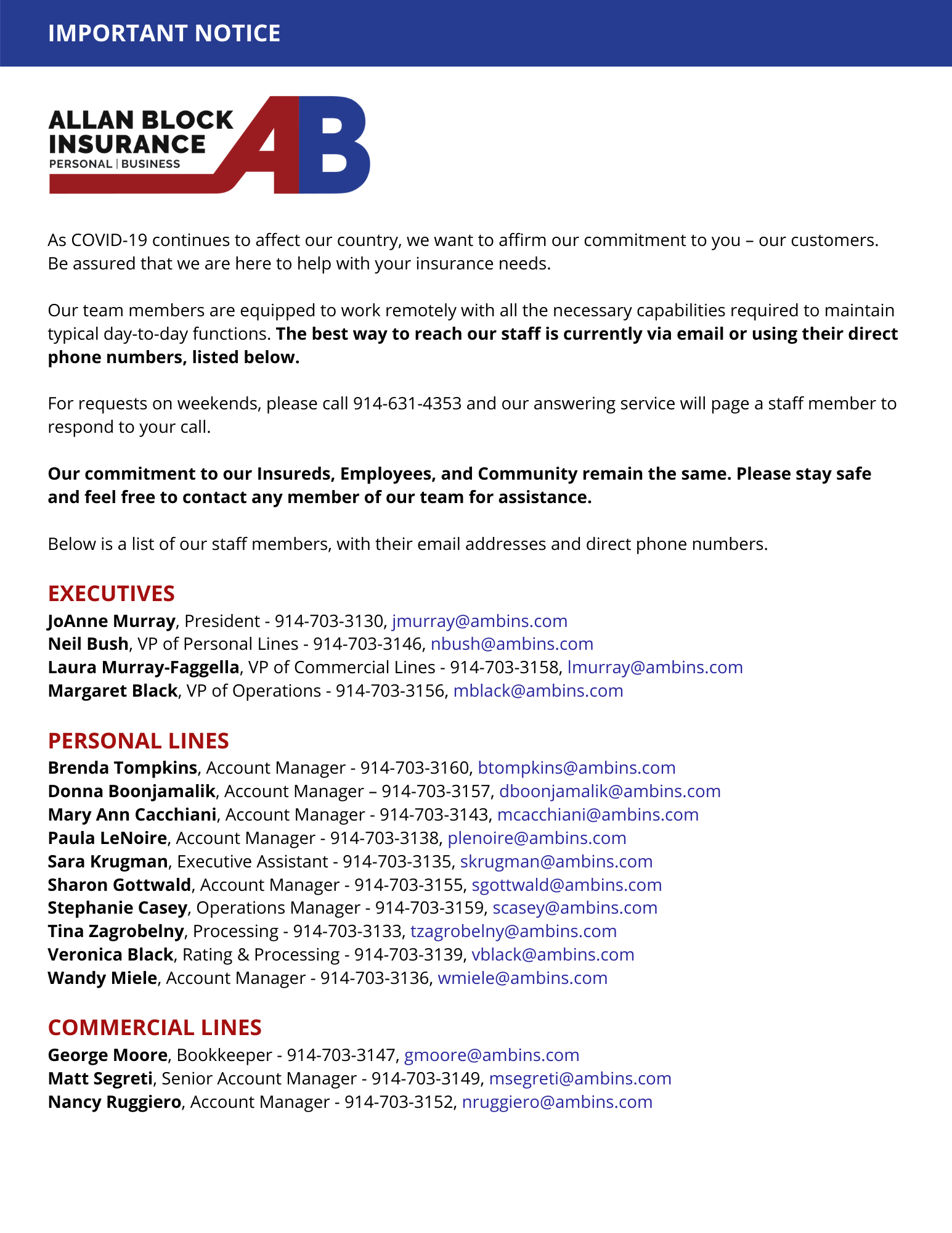Riesling Grapes
The Dry Riesling movement has been in full swing now for many years in Germany. While in U.S. markets, consumers still think of Riesling as an easy-going, off-dry white with a fun zing of acidity. The reality is that Germany is now producing some of the most exciting, world-class, dry (Trocken) Rieslings we have ever encountered. A number of producers have been at the forefront of this movement. I have recently been touting the name Keller, in the Rheinhessen, with their tremendous Trocken and Grosses Gewächs. Yet, just west of this region we find the Nahe, and a winery making some of the most exciting wine in Germany today: Emrich-Schonleber.
Here, it is the story of a forward-thinking family and two amazing vineyards. With a vine-growing history that goes back over two centuries, it wasn’t until the 1960s when Werner Schonleber worked with his father to reform their family farm and focus on the vineyards and winemaking. His primary goal was to reclaim the greatness of two of the Nahe’s most prestigious locations, Frühlingsplätzchen and Halenberg. At the time, their holdings consisted of only 5 acres mixed throughout the two locations. Yet today, the family is in full control of a total of 44 acres spread across the region, but focus primarily in their historic Grand Cru family vineyards.
Werner’s son, Frank Schonleber, took a special interest in winemaking over the past decade, and worked to focus the family’s efforts on the categories of Trocken and Grosses Gewächs. The recent success that Emrich-Schonleber has enjoyed is very much the result of Frank’s forward-thinking methods in the cellar, which include spontaneous fermentation and treating each individual parcel in a way that he feels will best accentuate the translation of each unique terroir. To achieve his goal, there are no strict rules to barrel size, aging vessel or the time it takes for each wine to mature before release.
The combination of Werner’s work and strict selection in the vineyards, the family’s holdings in two of the most prestigious sites in the region, and Frank’s methodologies in the cellar, has catapulted the wines of Emrich-Schonleber to the apogee of Germany’s dry wine revolution.
That said, they aren’t cheap, but the reality is that the majority of German wine in this category is currently undervalued, and I believe the day will come when these wine are looked back upon as relative values as they mature for decades in our cellars.
On To The Wines:
Emrich-Schönleber Riesling Kabinett Monzinger 2014
Emrich-Schönleber Riesling Kabinett Monzinger 2014 – On the nose I found light lemon and sweet, spiced pear. It was vibrant on the palate, with soft textures and spiced pear, yet it’s a bit one-dimensional. The finish was incredibly long on ripe pear with great acidity. Yet there’s a level of depth that’s missing in this spicy and soft Kabinett. (90 points)
Emrich-Schönleber Riesling Trocken 2015 – The nose showed floral undergrowth, ripe melon, and hints of herbs. On the palate, I found zesty textures with savory, mineral-driven stone fruits and hints of lemon. Tart citrus and minerals lasted long on the finish. (91 points)
Emrich-Schönleber Riesling Troken Mineral 2015 – The nose showed intense minerality with lime and green apple. On the palate, I found silky, acid-driven, mineral textures, with ripe citrus and green apple. The finish was fresh and laden with minerals. (92 points)
Emrich-Schönleber Riesling Lenz 2015 – The nose was floral and rich with ripe stone fruits. On the palate, I found weighty textures with intense green apple acidity, spice, minerals and inner florals. The finish was remarkably long with tart apple and citrus. (93 points)
Monzinger Halenberg
Monzinger Halenberg
I must admit that of the two Schonleber crus, that Halenberg is my favorite. The stoney blue slate and quartz soils force the vines in Halenberg to dig deep for nutrients, which helps explain the structure and mineral intensity found throughout these wines. Also, don’t skip the Halenberg Trocken (renamed Hagans in 2014), while this may be seen as a second wine, I promise you that it’s only a baby-step below the pricier GG.
Emrich-Schönleber Riesling Monzinger Halenberg Trocken Halgans 2014 – Here I found a wonderfully fresh and vibrant bouquet, with crushed stone and yellow florals. On the palate, soft, mineral-driven textures gave way to notes of green apple. It was long and tart on the finish, with stone fruit and citrus, and a zing of minerality. (92 points)
Emrich-Schönleber Riesling Trocken GG Monzinger Halenberg 2014
Emrich-Schönleber Riesling Monzinger Halenberg Trocken 2012 – Another fantastic performance, the bouquet was gorgeous, opening with intense minerality and wet slate, gaining richness in the glass, as notes of peach and pineapple formed, then changed to smoke, crushed stone and floral undergrowth. On the palate, it showed razor-like focus with tantalizing acidity, giving way to notes of melon, green apple, minerals and lime. There’s so much tension here as a coating of minerals and citrus saturated the senses, made the checks pucker, and lasted for up to a minute. (94 points) @morrell
Emrich-Schönleber Riesling Trocken GG Monzinger Halenberg 2014 – The nose showed savory minerality with an almost seashore quality, before going to floral undergrowth, minerals, and washed cheese rind. On the palate, it was textural with balanced acids paving the way for ripe stone fruits, intense, chalky minerality, and inner florals. The finish was intense with tart citrus, minerals, melon and inner floral tones. (94+ points) @morrell
Emrich-Schönleber Riesling Monzinger Halenberg ‘R’ 2012 – The nose was massive yet refined, with ripe peach and pear giving way to minerals, spice and floral undergrowth. On the palate I found soft, voluptuous textures with ripe stone fruits and great acidity, soothing the palate, along with inner florals, and hints of lemon. It coated the palate in pure melon and stone fruits, with lingering floral tones, in an amazingly long expression. (96 points) @morrell
Monzinger Frühlingsplätzchen
Monzinger Frühlingsplätzchen
Defined by it’s red slate and gravel soils, along with a 70% incline at its steepest point, the Monzinger Fruhlings Platzchen enjoys southeast to southwest exposures and creates Riesling of undeniable finesse and elegance.
Emrich-Schönleber Monzinger Frühlingsplätzchen Frühtau 2015 – The nose showed intense crushed-stone minerality, floral undergrowth, and green apple. On the palate, I found soft textures with ripe stone fruits and citrus. The finish was remarkably long with tart citrus and melon. I wanted more acidity. (91 points)
Originally published by Eric Guido at Morrell Wine http://morrellwinebar.com/



